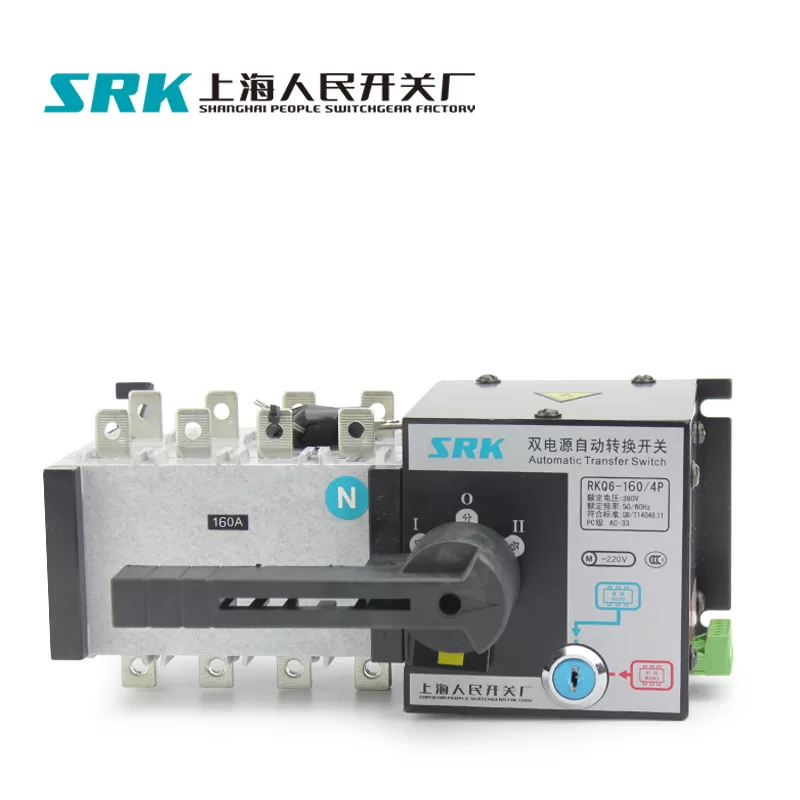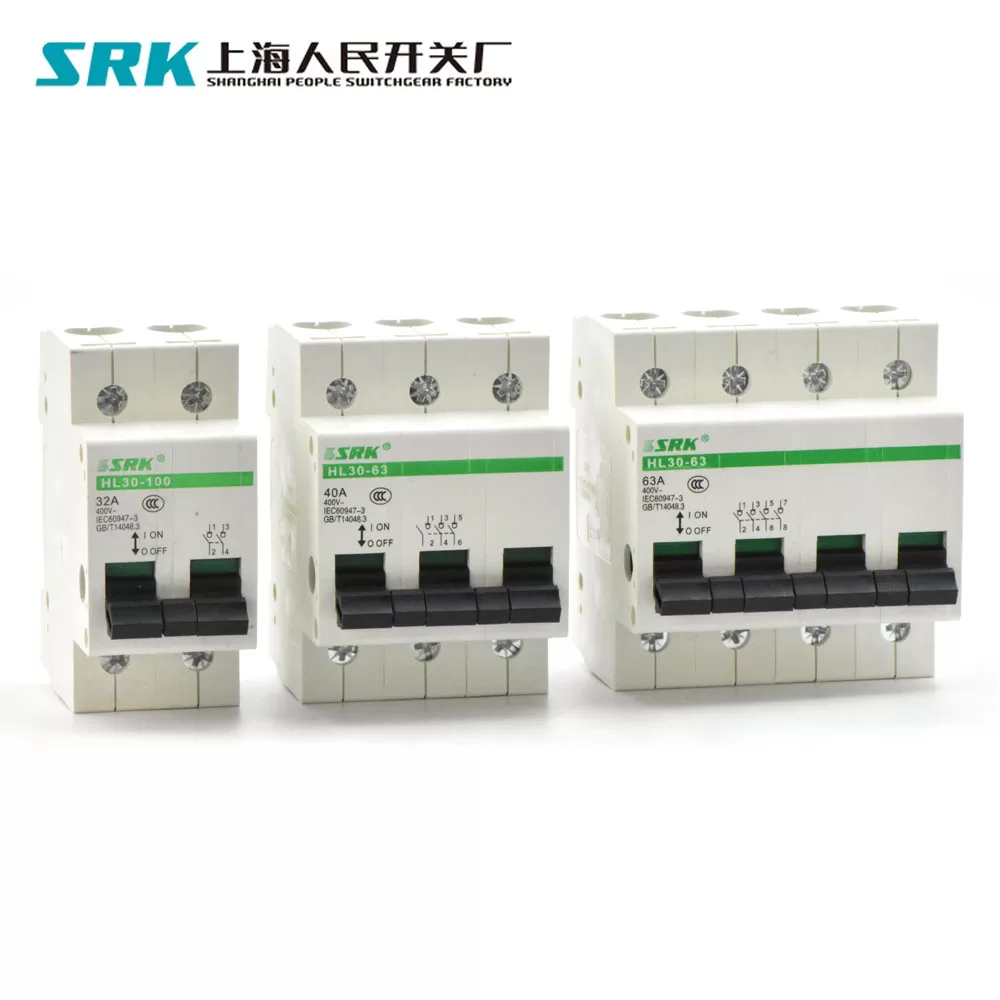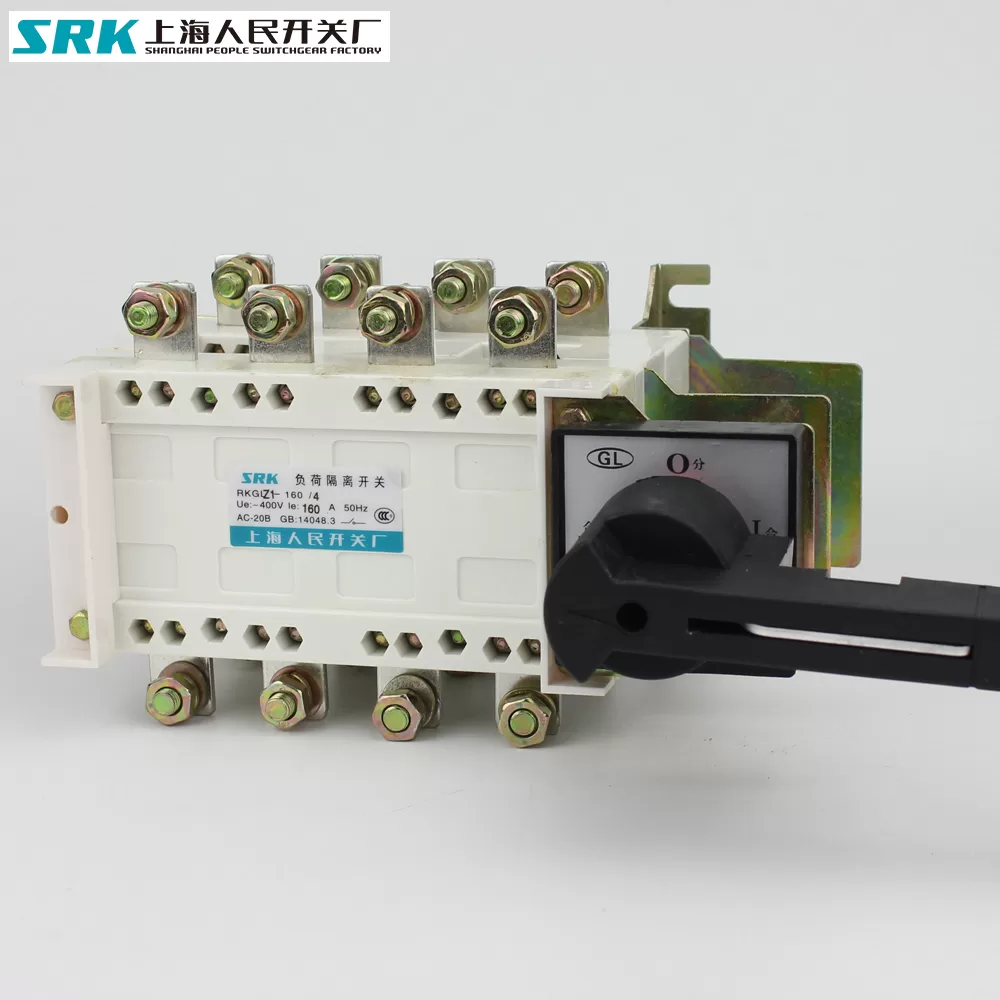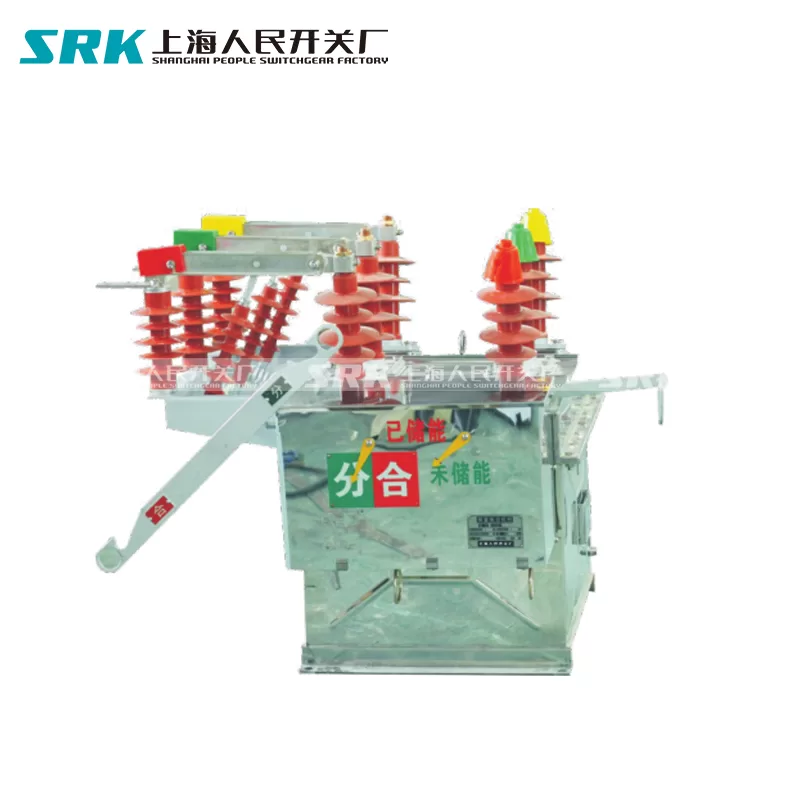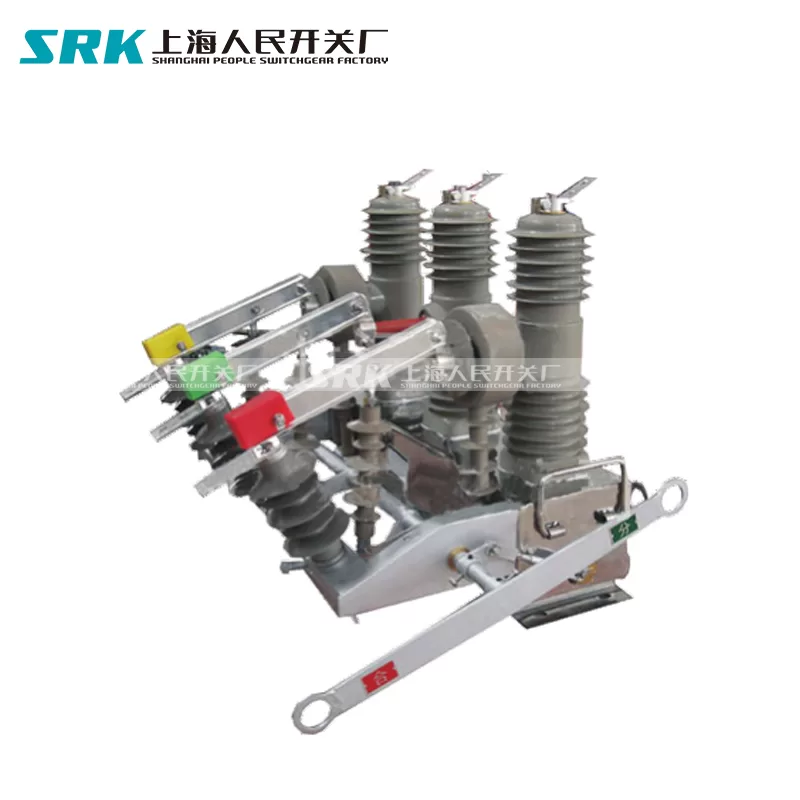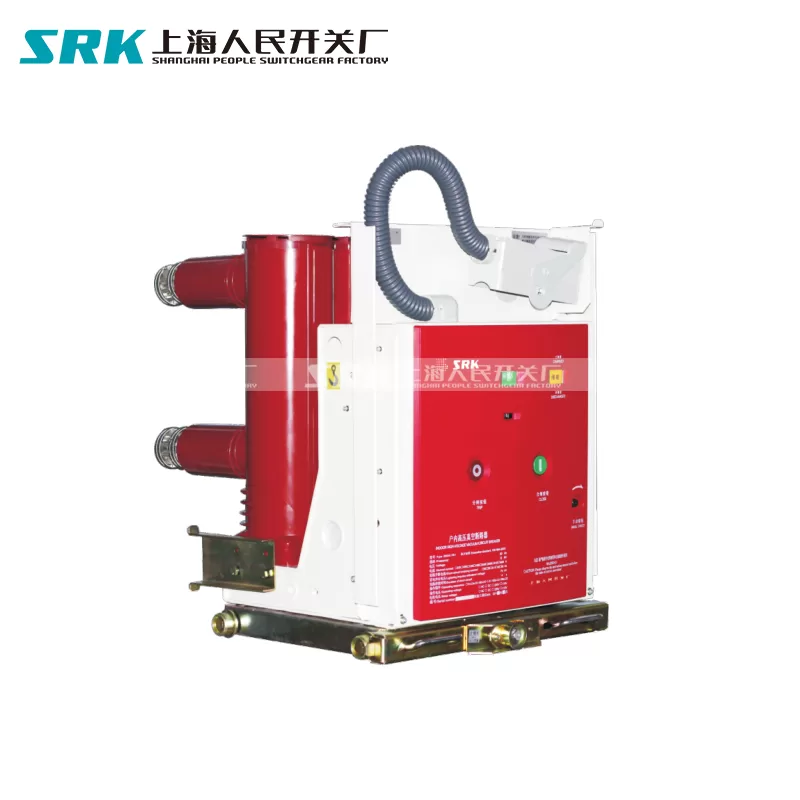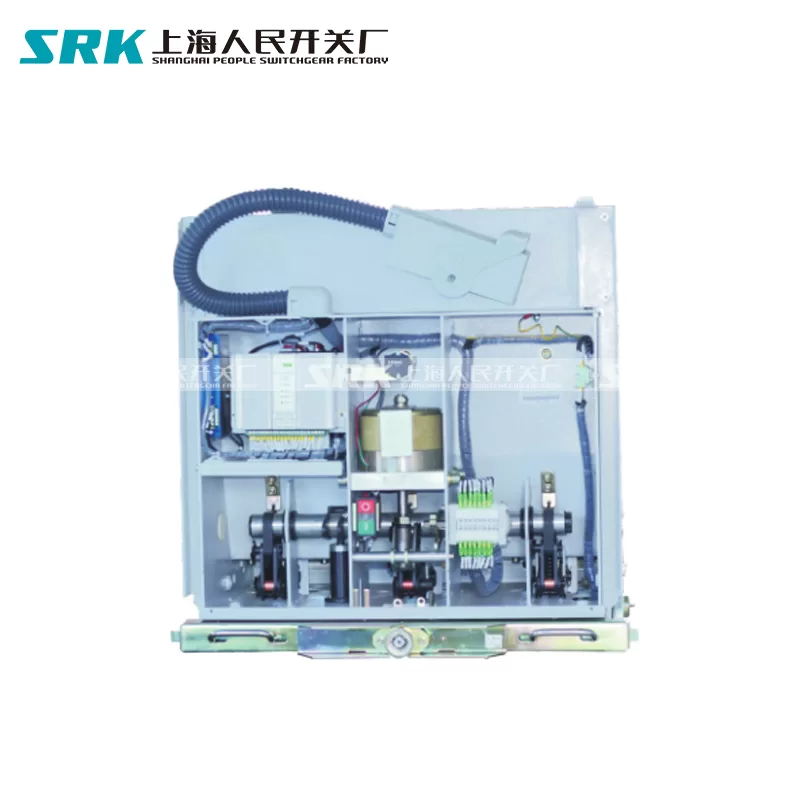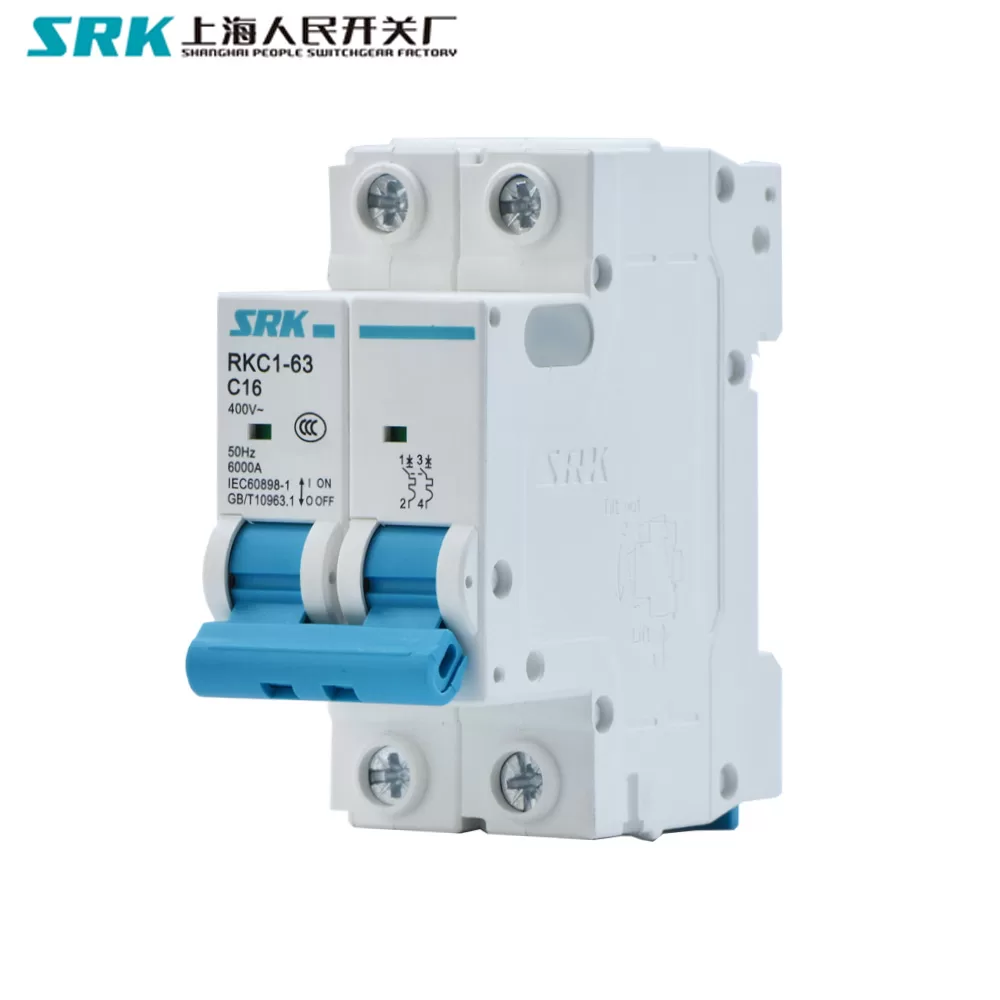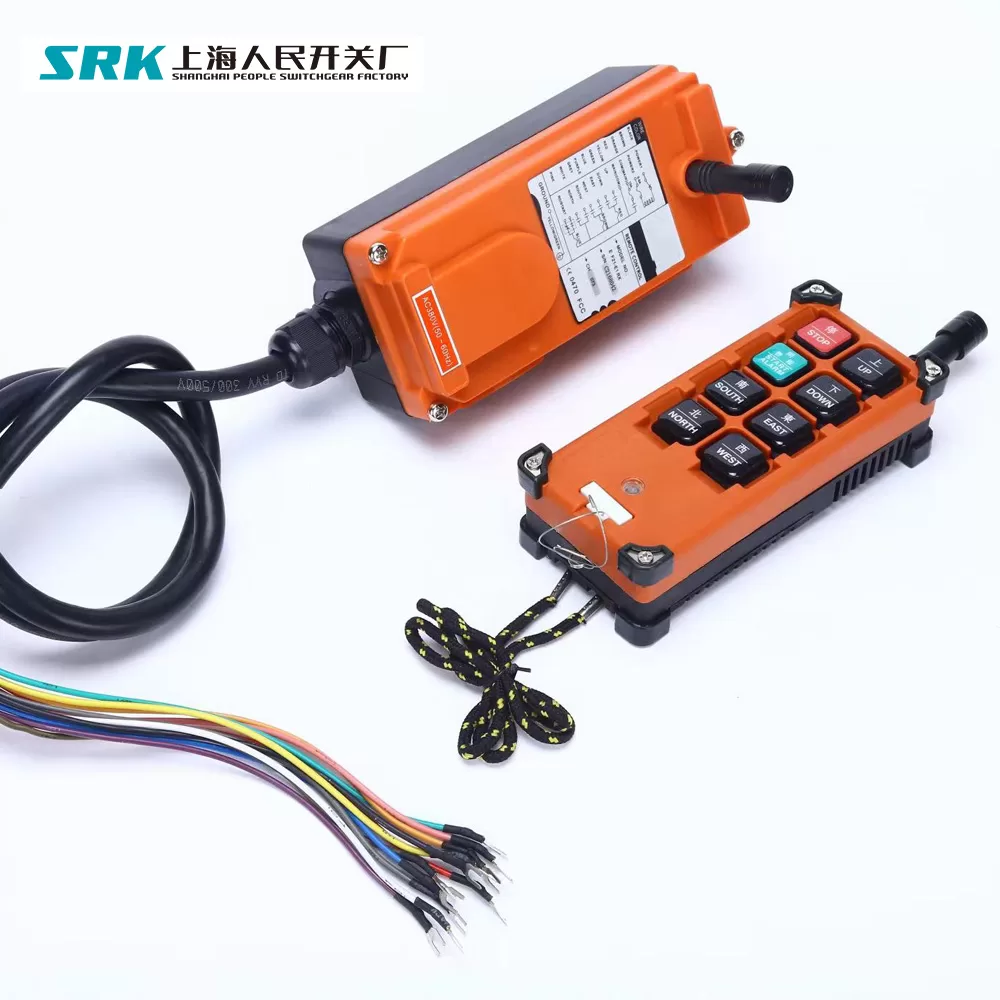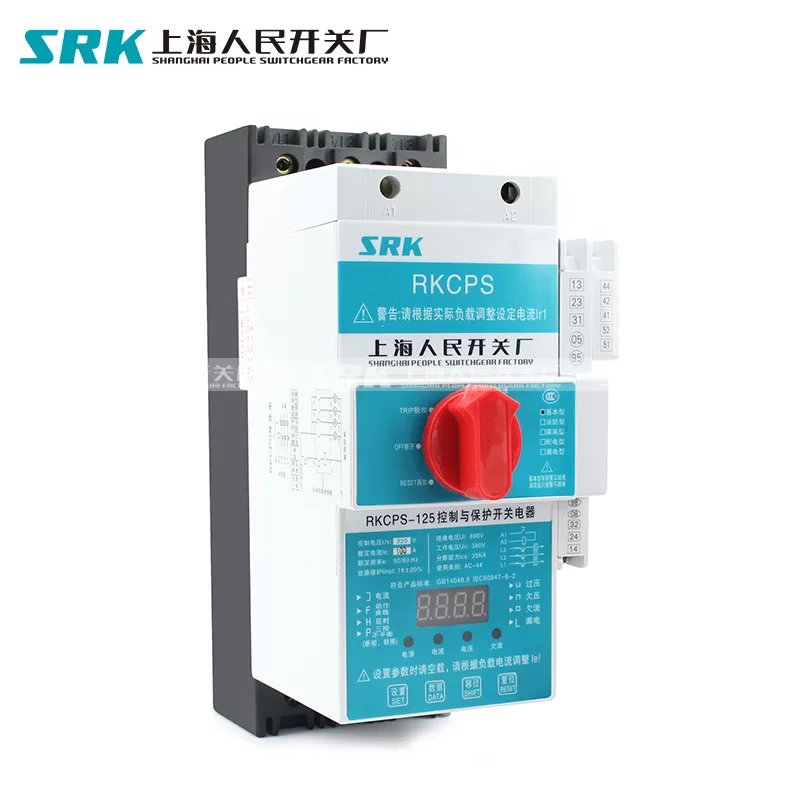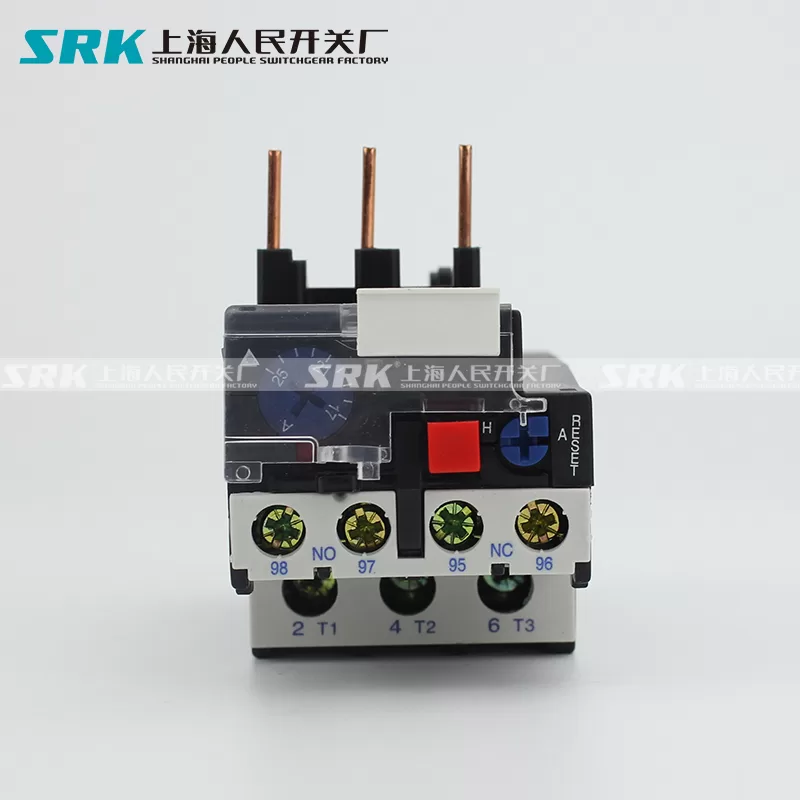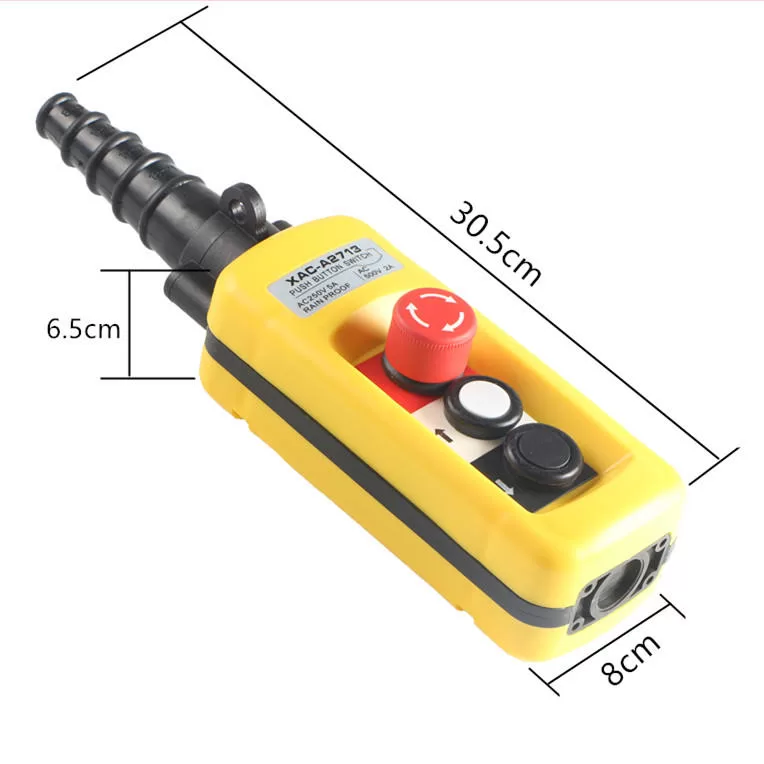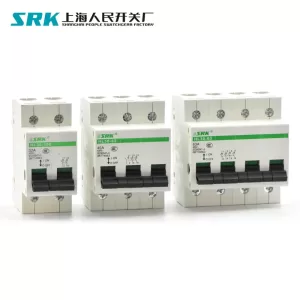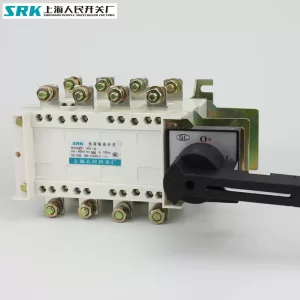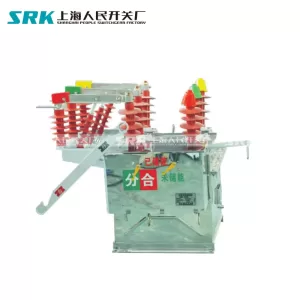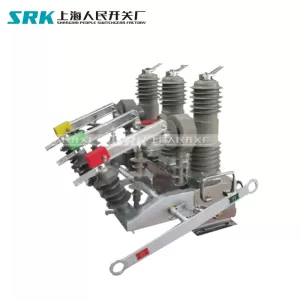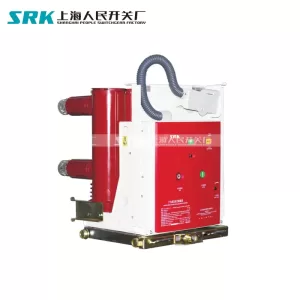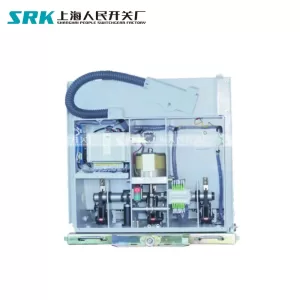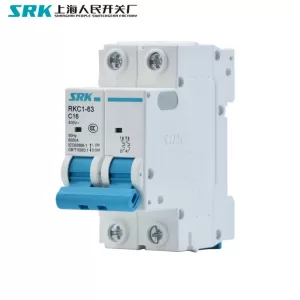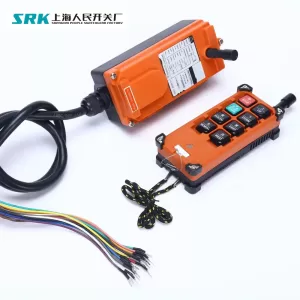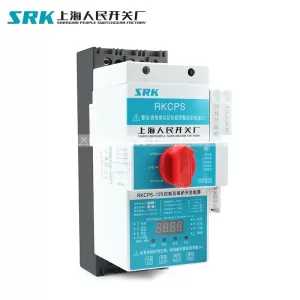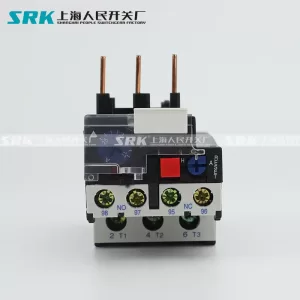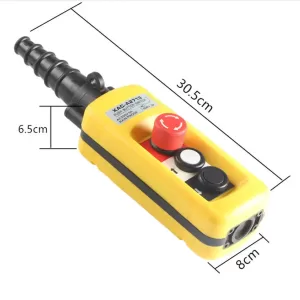A dual power automatic transfer switch is a device that can automatically switch between two power sources, such as common power supply and standby power supply or generator, to ensure the reliability and safety of power supply to the load. It is composed of two miniature circuit breakers, a motor, a controller and a mechanical rotating device¹. It has three operation positions: common-used power supply (N) ON, dual power OFF (manual operation), and standby power supply (R) ON.
PC Class automatic transfer switch:
A PC class automatic transfer switch is a type of automatic transfer switch that uses a controller to detect two circuits of power supply and switch between them automatically. It has a compact design, an electromagnetic coil drive system, and an intelligent controller system that can communicate remotely and monitor the line status. It can be used for network/network or network/genset applications.
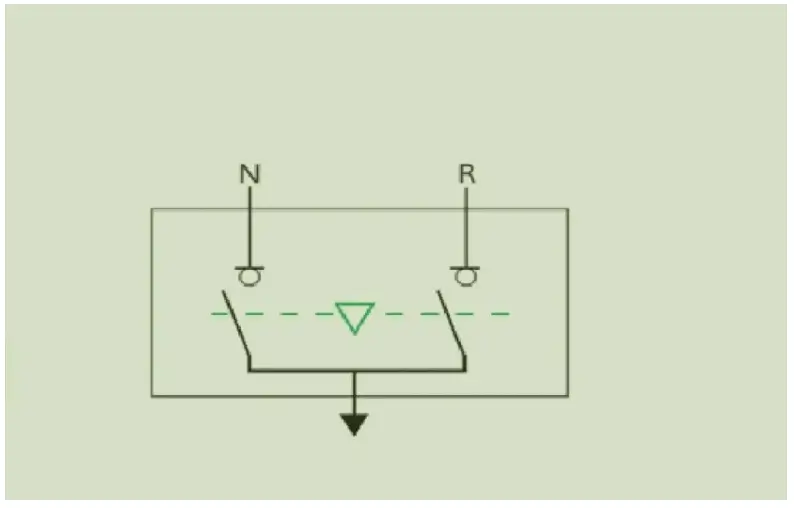
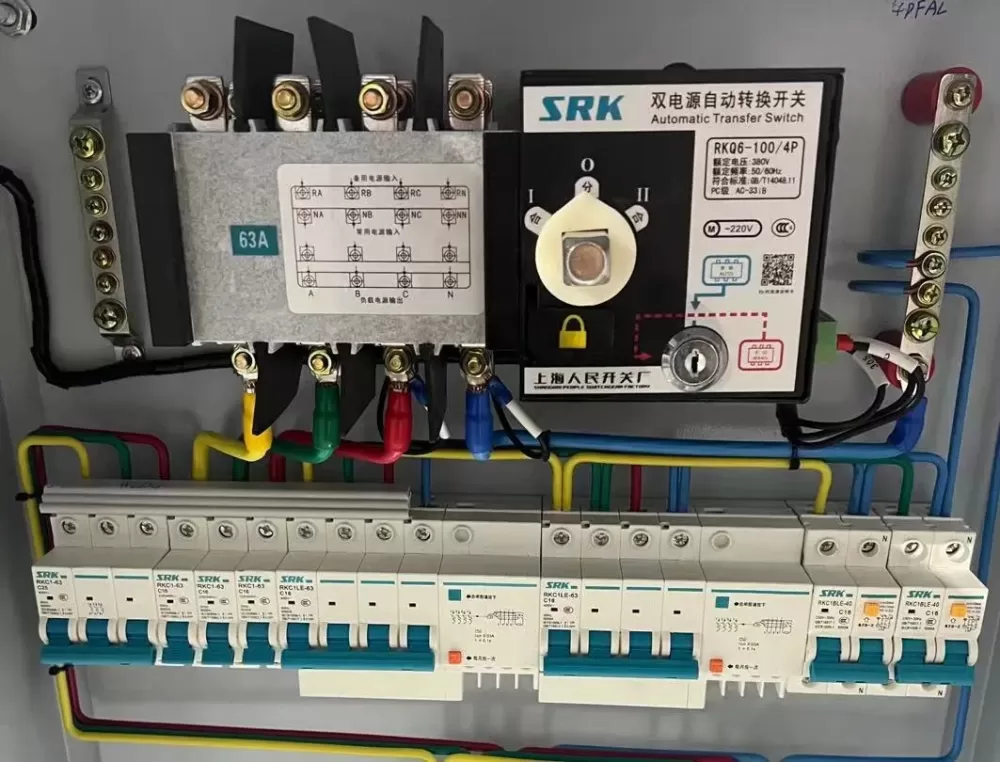
CB Class automatic transfer switch:
A CB class automatic transfer switch is a type of automatic transfer switch that uses a circuit breaker to disconnect and connect the power sources and the load. It has manual and automatic integration, intelligent control, arc extinguishing, overload and short circuit protection functions. It can be used for emergency systems, legally required systems, critical operations power systems, and optional standby systems.
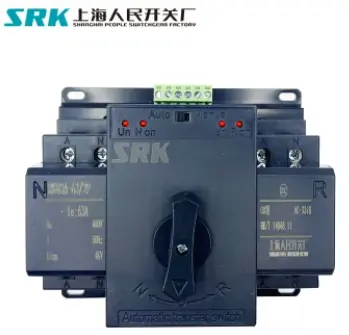
The main difference between PC class and CB class automatic transfer switch is the switching mechanism. PC class uses an electromagnetic coil drive system that transfers quickly and avoids power interruption, while CB class uses a circuit breaker mechanism that transfers slower and may cause power interruption. Another difference is the installation space. PC class has a compact design and takes up less cabinet space than CB class. Other differences include the type of application, the size of the load, and the communication and monitoring capability.
How to select PC class or CB class automatic transfer switch ?
To select a PC class or a CB class automatic transfer switch, you need to consider the following factors:
- The type of application: PC class is suitable for network/network or network/genset applications, while CB class is suitable for emergency systems, legally required systems, critical operations power systems, and optional standby systems.
- The size of the load: PC class covers the rated working current level from 16A to 3200A, while CB class covers the rated working current level from 6A to 63A.
- The installation space: PC class has a compact design and takes up less cabinet space than CB class.
- The switching speed: PC class has an electromagnetic coil drive system that transfers quickly and avoids power interruption, while CB class has a circuit breaker mechanism that transfers slower and may cause power interruption.
- The communication and monitoring capability: PC class has an intelligent controller system that can communicate remotely and monitor the line status, while CB class has a manual and automatic integration and intelligent control.
Kani Xie
SHANGHAI PEOPLE SWITCHGEAR FACTORYE-mail:Kani@srkswitchgear.comPh: 0086 13695872200Wechat/ WhatsApp/skype: +86 13695872200


